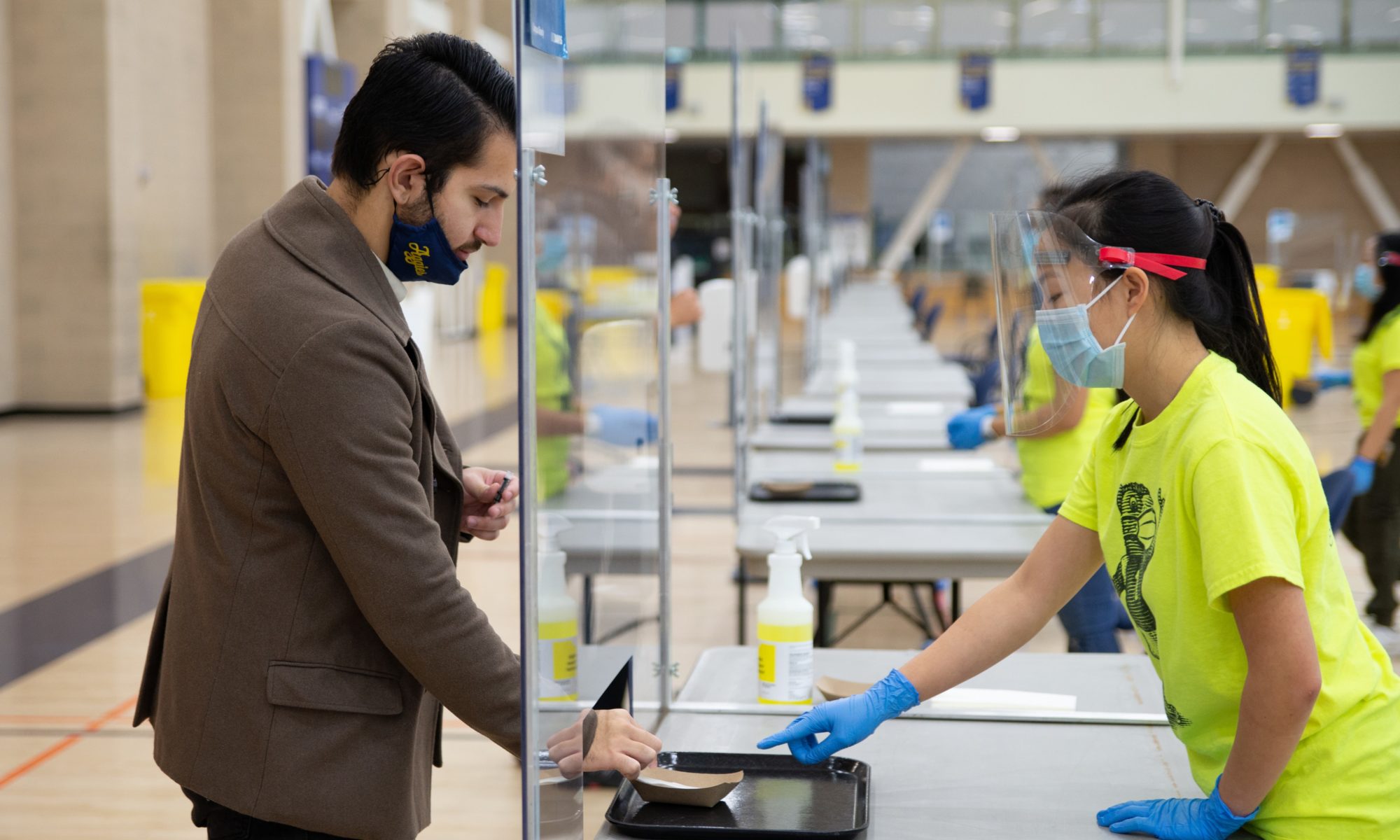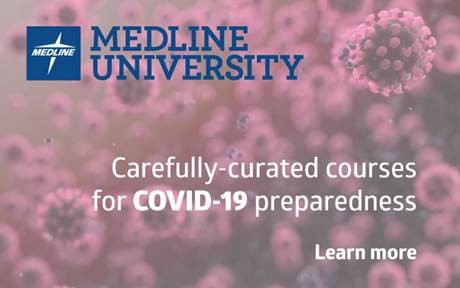How UC Davis became stronger during COVID-19

A look at the testing and supply chain decisions that shaped their approach
By Medline Newsroom Staff | January 13, 2021
Colleges and universities around the country have been grappling with decisions around how to operate safely and whether to re-open their campuses. When University of California, Davis faced these decisions, they moved swiftly.
Dr. David Coil, who helps run UC Davis’ new COVID-19 testing operation, including managing the supply chain for medical supplies, saw first-hand how the university pivoted to change its standard operating procedure in response to the pandemic. “It’s been different in every conceivable way. I’ve been at this university for 10 years and I’ve never seen anything like this. I’ve never seen everyone on the same page like this,” says Dr. Coil.
Here is the first in a two-part series highlighting what UC Davis made and how they have helped the institution build upon their medical and research capabilities to become a leader in higher education in the realms of supply chain and COVID-19 testing.
Make asymptomatic testing mandatory and (relatively) easy
Response required a lot of things, strong channels of communication, infrastructure to accommodate students who need to quarantine, but above all, it required testing. Early on, leaders at UC Davis decided testing needed to be as easy as possible to ensure compliance among students.
All asymptomatic students, faculty, and staff are required to get tested once a week. The testing center is staffed and equipped to get individuals in and out of the facility in around 10 minutes, with results available in in 24-48 hours. Early on, the university decided to opt for saliva tests over those involving an invasive nose swab, all in order to encourage compliance. To date, the university has conducted over a hundred thousand COVID-19 tests.
Now, UC Davis’ testing decisions, in combination with their communications and quarantining strategies, appear to be paying off. While southern California struggles with a surge, the positivity rate on the UC Davis campus remained under 1% as of January 2nd, with a county wide positivity rate of close to 12%.
Other universities and communities have noticed their successes and are looking to replicate the UC Davis approach. In fact, UC Davis has now expanded its testing and quarantining capabilities to the surrounding local community, including long-term care facilities and the Davis school district, through an initiative called Healthy Davis Together.
(Next week, read how student engagement and strategic partnerships rounded out UC Davis’ COVID-19 strategy)1.13.21
Medline Newsroom Staff
Medline Newsroom Staff
Medline's newsroom staff researches and reports on the latest news and trends in healthcare.
